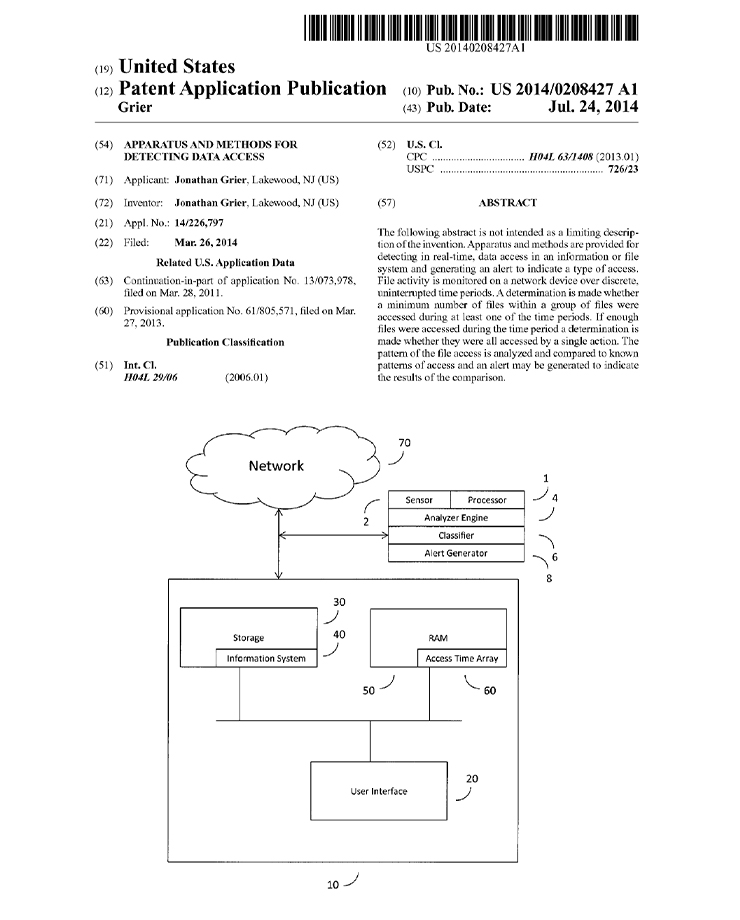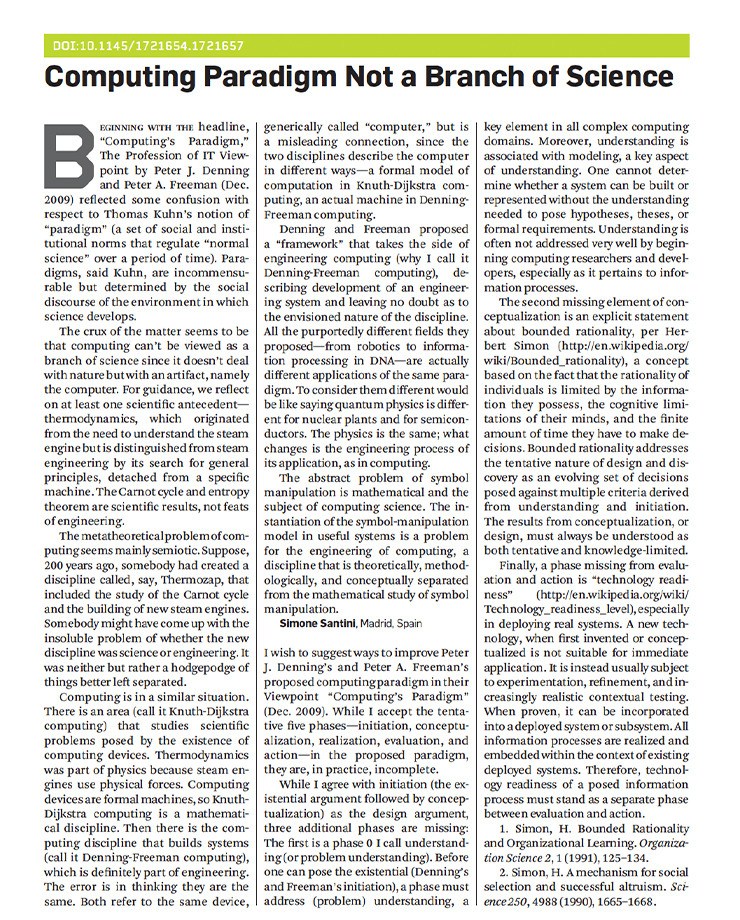Apparatus and methods for detecting data access
The following abstract is not intended as a limiting description of the invention. Apparatus and methods are provided for detecting in real-time, data access in an information or file system and generating an alert to indicate a type of access. File activity is monitored on a network device over discrete, uninterrupted time periods. A determination is made whether a minimum number of files within a group of files were accessed during at least one of the time periods. If enough files were accessed during the time period a determination is made whether they were all accessed by a single action. The pattern of the file access is analyzed and compared to known patterns of access and an alert may be generated to indicate the results of the comparison.





